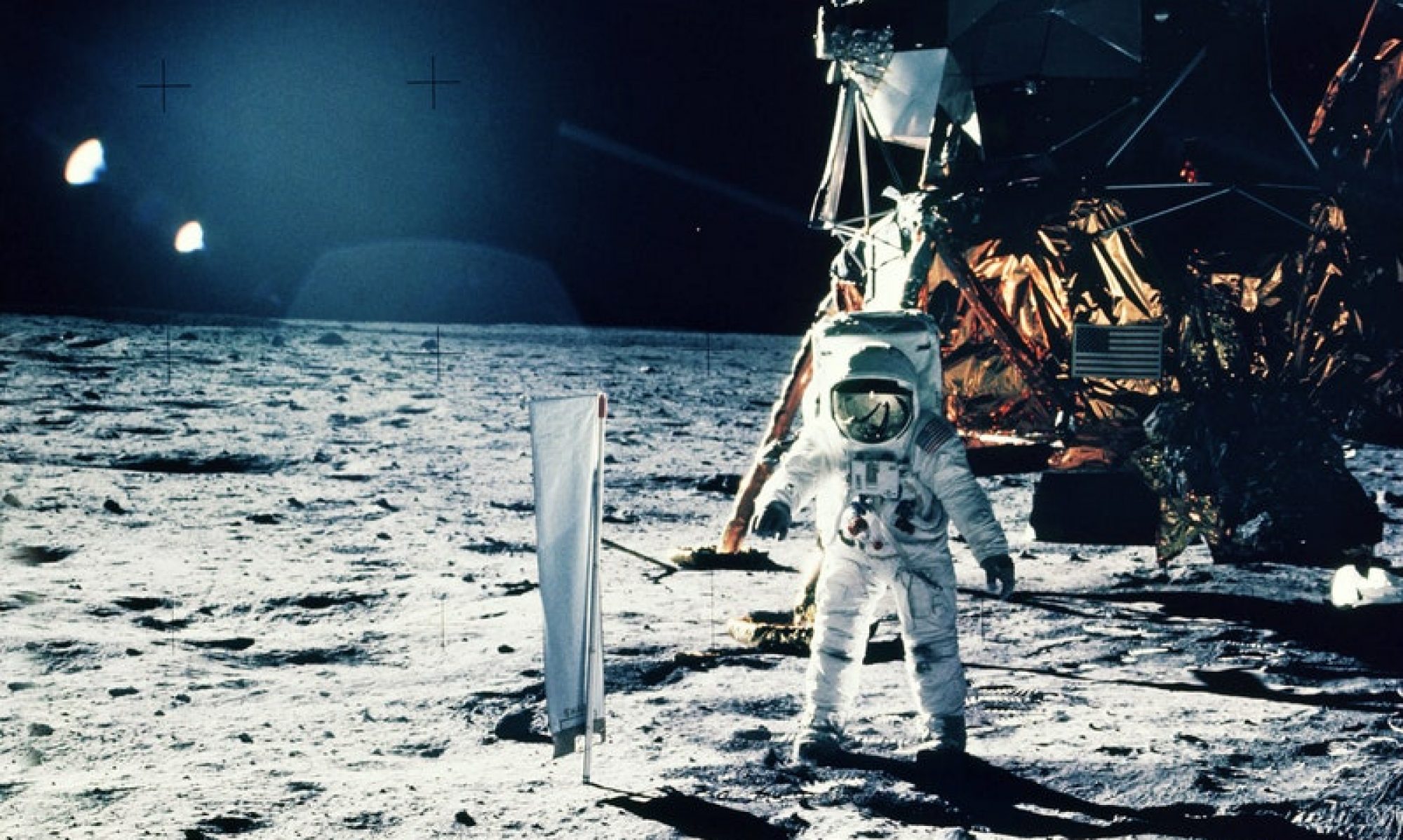Unveiling the Secrets of Apollo’s Lunar Lander RCS System: A Legacy from the X-15 Aircraft
Do you ever wonder how the iconic Apollo lunar lander maneuvered in the vacuum of space? It turns out, it owes a debt of gratitude to the X-15 aircraft. In this episode, we’re delving into the fascinating world of the Reaction Control System (RCS) used on the Apollo lunar lander and exploring its unexpected origins in the X-15 program.
What We Accomplished This Week
Before we dive into the RCS system, let’s touch on what we’ve been up to this week. We’ve been hard at work on several key indicators for the Spacecraft Interactive Virtual Lunar Module exhibit, including the Reaction Control System Quantity Indicator, Temperature Indicator, and Pressure Indicator. These updates, dated December 13, 2021, enhance the overall experience for space enthusiasts like you.
The X-15 Influence on RCS Systems
Now, let’s journey back to the X-15, a remarkable aircraft designed to venture into space. It needed a control system that could operate where there’s no air, rendering traditional control surfaces ineffective. This system was originally known as the Reaction Augmentation System (RAS) on the X-15.
The RCS system employed hydrogen peroxide (H2O2) as a propellant for its thrusters. These thrusters came into play when aerodynamic forces dwindled at high altitudes. To pressurize the propellant tanks, helium was introduced. This ingenious setup played a vital role in ensuring the safety of astronauts, like Neil Armstrong, during critical phases of flight.
The control of these thrusters was no small feat. The X-15 used a ballistic control stick that operated the thrusters when aerodynamic controls were inadequate at high altitudes. This stick required the pilot’s left hand for control, adding complexity as it also managed the throttle for the rocket engines.
Evolving RCS for Space Missions
As space exploration evolved, so did RCS systems. Gemini and Apollo spacecraft adopted a modified and improved version of the X-15’s concept. Here’s how it changed:
- Propellants: RCS systems transitioned from hydrogen peroxide to oxidizer and fuel rockets, boosting thruster power.
- Controls: Mechanical controls were replaced with electronic ones, making the system lighter for lunar missions.
The Apollo spacecraft faced a unique challenge: weightlessness. Traditional gravity couldn’t move fuel to the thrusters. The solution? Gas pressure, which was essential for the RCS to operate effectively.
Intuitive Control
A significant improvement was made to the control interface. The left-right movement now controlled roll, while twisting the stick controlled yaw – a more intuitive setup that continues to be used in modern spacecraft like SpaceX’s Dragon.
The X-15’s Legacy
The X-15 left an indelible mark on the world of spaceflight. Its innovations, like the RCS system, played a pivotal role in making the Apollo program possible, ultimately leading to historic moon landings.
If you found this exploration of RCS systems intriguing and want to see more, don’t forget to like, share, and subscribe to our channel. For even deeper insights and exclusive content, join us on Patreon. By supporting us, you’ll gain access to additional videos, including one that delves further into the X-15’s influence on Apollo. Plus, for new Patreon subscribers, the first month is on us!
Thank you for being a part of our cosmic journey into the world of spacecraft technology. Together, we’re uncovering the secrets of our incredible spacefaring history.
Stay tuned for more exciting updates as we uncover the mysteries of historic spacecraft. Don’t forget to share this post with your fellow space enthusiasts – the cosmos awaits!
#SpaceExploration #LunarLander #SpaceTech
🚀🌌🔧
Get the best DEAL on Google Cardboard Here
Note: Prices and availability of VR headsets may vary. Please check local retailers or online stores for the most up-to-date information.
